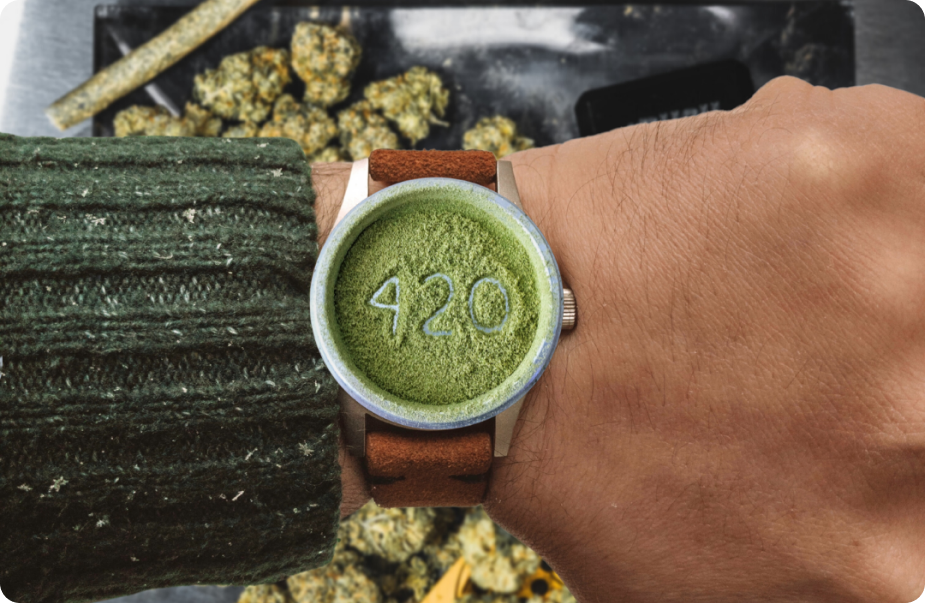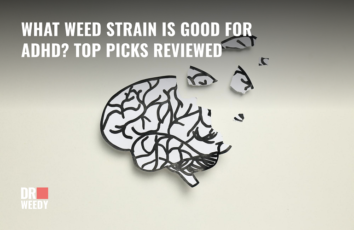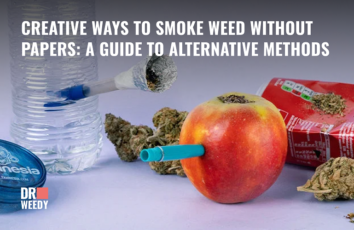 November 11: Veterans Day
It’s been a few years since we joined our partner, the Weed For Warriors Project, in their invaluable work advocating...
11.05.2025
November 11: Veterans Day
It’s been a few years since we joined our partner, the Weed For Warriors Project, in their invaluable work advocating...
11.05.2025
 Celebrate 4/20: The Ultimate Cannabis Holiday
Every cannabis enthusiast knows that April 20th, or 4/20, is more than just a date—it’s a cultural phenomenon. But have...
09.22.2025
Celebrate 4/20: The Ultimate Cannabis Holiday
Every cannabis enthusiast knows that April 20th, or 4/20, is more than just a date—it’s a cultural phenomenon. But have...
09.22.2025
 Cannabis Christmas: Elevate the Holidays with Green Cheer
The holiday season is here—a time for joy, togetherness, and, let’s be honest, a little stress. But for cannabis lovers,...
12.17.2025
Cannabis Christmas: Elevate the Holidays with Green Cheer
The holiday season is here—a time for joy, togetherness, and, let’s be honest, a little stress. But for cannabis lovers,...
12.17.2025
 Spooktacular Strains: Elevate Your Halloween with Cannabis
As the leaves turn to shades of crimson and gold, and the air grows crisp with the scent of autumn,...
10.18.2025
Spooktacular Strains: Elevate Your Halloween with Cannabis
As the leaves turn to shades of crimson and gold, and the air grows crisp with the scent of autumn,...
10.18.2025
 Celebrating Labor Day: The Importance of Self-Care and Wellness in the Workplace
As we approach Labor Day, a holiday dedicated to honoring the contributions of workers across the nation, it’s essential to...
12.11.2024
Celebrating Labor Day: The Importance of Self-Care and Wellness in the Workplace
As we approach Labor Day, a holiday dedicated to honoring the contributions of workers across the nation, it’s essential to...
12.11.2024
 Does Smoking Weed Make You Age Faster? Separating Fact from Fiction
As cannabis legalization spreads across the globe, more and more people are openly discussing their marijuana use. One question that...
05.30.2024
Does Smoking Weed Make You Age Faster? Separating Fact from Fiction
As cannabis legalization spreads across the globe, more and more people are openly discussing their marijuana use. One question that...
05.30.2024
 Acne, Accutane, and Cannabis: Exploring the Intersection
Acne is a common skin condition that affects millions of people worldwide, with the American Academy of Dermatology Association estimating...
07.22.2024
Acne, Accutane, and Cannabis: Exploring the Intersection
Acne is a common skin condition that affects millions of people worldwide, with the American Academy of Dermatology Association estimating...
07.22.2024
 Best Cannabis Strains for ADHD: Finding Focus and Calm
Attention-deficit/hyperactivity disorder (ADHD) is a prevalent neurodevelopmental condition that affects millions of people worldwide. Characterized by inattention, hyperactivity, and impulsivity,...
07.22.2024
Best Cannabis Strains for ADHD: Finding Focus and Calm
Attention-deficit/hyperactivity disorder (ADHD) is a prevalent neurodevelopmental condition that affects millions of people worldwide. Characterized by inattention, hyperactivity, and impulsivity,...
07.22.2024
 A Guide to Smoking Weed After Wisdom Teeth Removal
So, you've just had your wisdom teeth yanked out. Ouch! As you recover from this common but unpleasant dental surgery,...
07.22.2024
A Guide to Smoking Weed After Wisdom Teeth Removal
So, you've just had your wisdom teeth yanked out. Ouch! As you recover from this common but unpleasant dental surgery,...
07.22.2024
 Creative Ways to Smoke Weed Without Papers: A Guide to Alternative Methods
When it comes to smoking weed, most people immediately think of rolling a joint using rolling papers. However, there are...
07.22.2024
Creative Ways to Smoke Weed Without Papers: A Guide to Alternative Methods
When it comes to smoking weed, most people immediately think of rolling a joint using rolling papers. However, there are...
07.22.2024